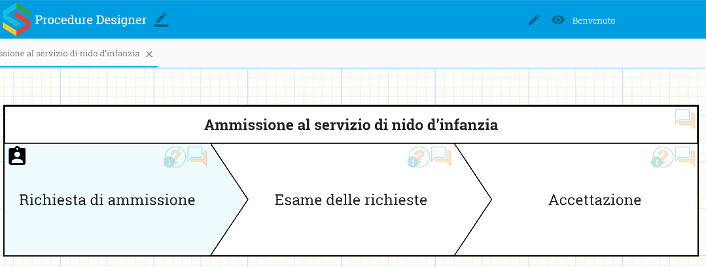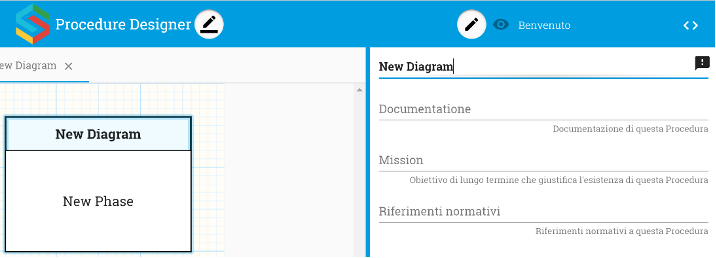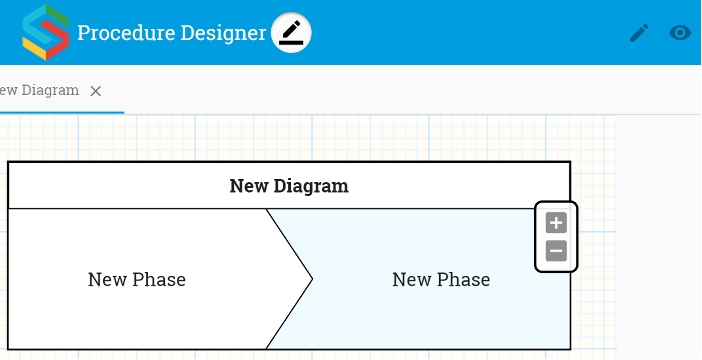Collaborative Procedure Designer
The Collaborative Procedure Designer (CPD) is a Web collaborative environment on which different Public Administration (PA) stakeholders (more specifically citizens and civil servants) cooperate to the design and the improvement of administrative procedures. It is a tool aimed at fostering an active participation of citizens, who are no longer just recipients but co-designers and co-producers of services.
The CPD allows civil servants to graphically describe administrative procedures implemented by the Public Administration (PA) in the form of flowcharts/diagrams, and enables citizens to comment on them.

What is the problem?
PA Administrative procedures are often not easy to understand for Citizens: when available, a textual description does not clearly explain the different steps, who has to provide what and when, what happens after a certain information has been provided, and so on. In addition, usually Citizens have no way to ask for clarifications or complaining about a specific administrative procedure through a direct and effective channel.
What is the solution?
By using the CPD the PA is able to describe their procedures through simple to understand and effective diagrams that show how these procedure works step by step. If something is still unclear, Citizens may ask questions, post doubts and comments to improve the procedure itself.
Who is the beneficiary?
PAs and Citizens that want to improve and/or better understand administrative procedures.
Collaborative Procedure Designer features
Graphical design of administrative procedures
The core of the CPD is a model that allows for the definition of multiple hierarchical views, each providing a representation of the procedure with a growing level of details. The two views currently available are the value chain view and the interaction view.
The value-chain provides information concerning the sequential phases that the procedure is broken into. From this view it is possible to learn the name of the phases and realize the phases’ temporal order.
The interaction view is obtained by expanding a specific phase. This view shows a flow of the interactions between the citizen and the PA that are carried out in that phase. For any interaction, it is pointed out who of the two actors is the interaction’s initiator. Also, the communication channel through which the interaction will occur is explicitly indicated by means of specific icons.

Stakeholders’ comments management
Stakeholders may participate in the design of the procedure by posting their comments (suggestions) on the procedure diagram’s elements. The procedure owner, as well as all stakeholders, are allowed to look up any comment provided on any diagram element.
Citizens’ questions management
Citizens may post questions on the diagram. Question may be posted on the procedure itself or on any of the element that the diagram is composed of. Within the SIMPATICO framework, to pose a question, a citizen is re-directed to the QAE component of Citizenpedia, which offers typical tools for posting questions. Likely, civil servants will respond to citizens’ questions on the QAE.
User management
The CPD contains a module to register and manage the log-in process of the users, in order to control who posts content. This log-in module is provided by another component of the SIMPATICO platform, as the framework offers a unified log-in solution.

Showing an administrative procedure

Creating a New Diagram for an Administrative Procedure

Adding a new phase
